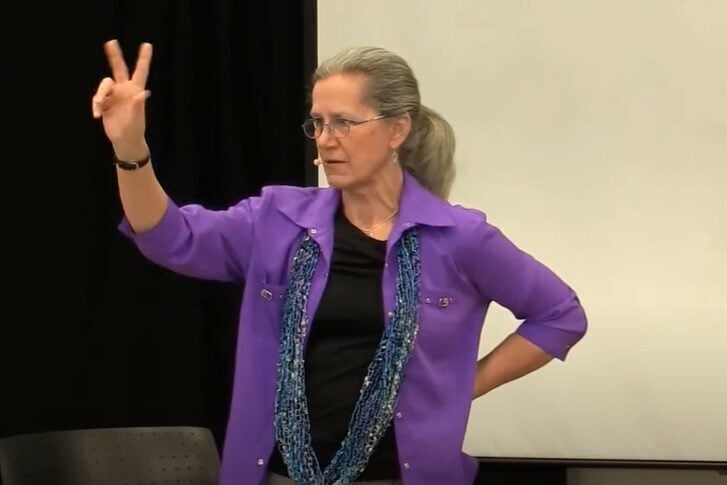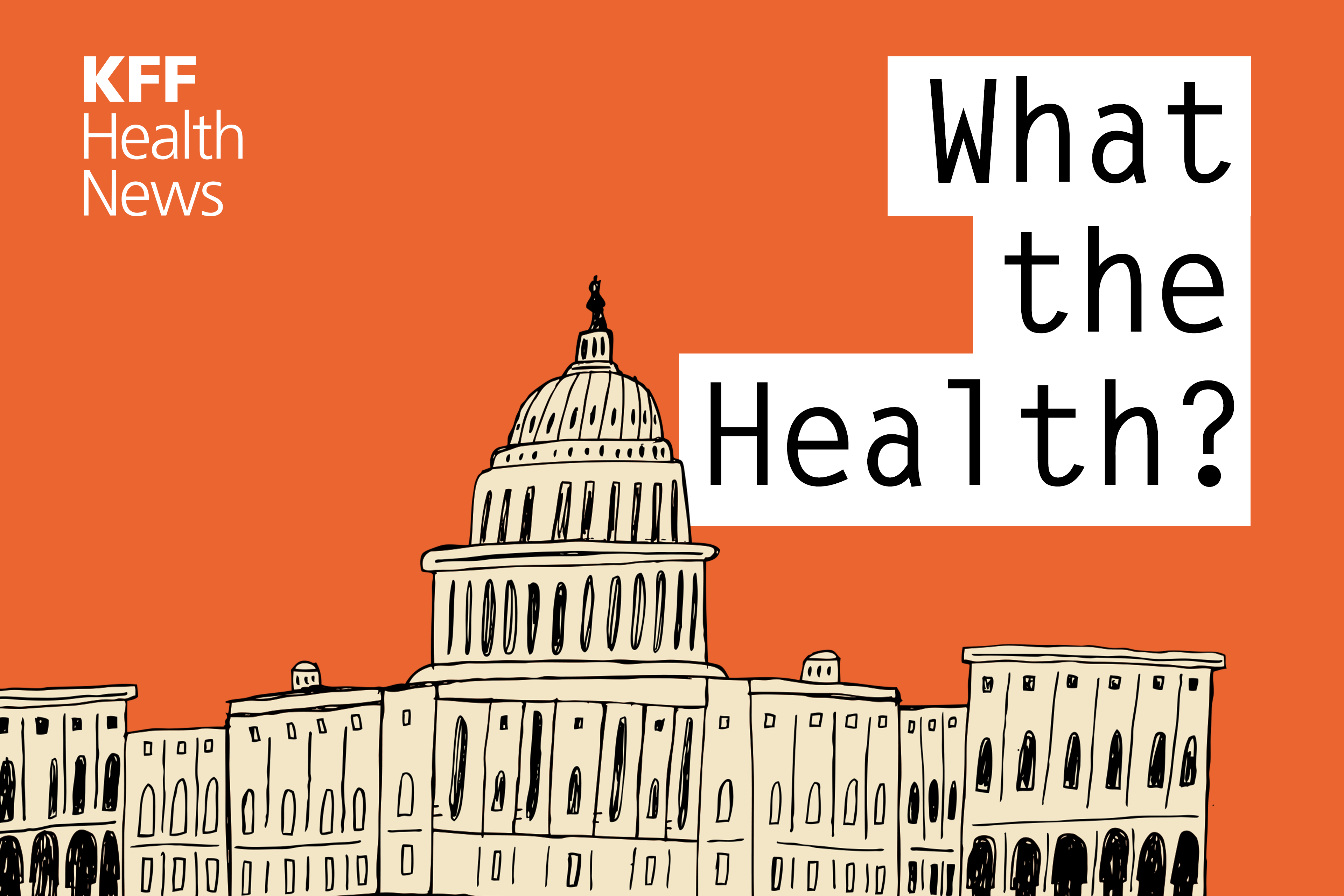
Can you identify the 8 early warning signs of stroke? Over 795,000 strokes occur in the US each year, so it’s crucial to know how to recognize the early signs of a stroke and when to act.
Time lost is brain lost, and immediate medical attention is essential for stabilizing the damage and minimizing the secondary effects of a stroke. By identifying the early warning signs of a stroke and seeking timely care, you could potentially save a life.
Here’s everything you need to know about the early signs of a stroke and when to seek emergency medical attention.
What Is a Stroke?
Before we share what the early signs of a stroke are, let’s discuss what a stroke is and why it occurs.
A stroke occurs when an artery in the brain becomes either clogged by a blood clot (ischemic stroke) or bursts (hemorrhagic stroke). This leads to insufficient blood supply in that area of the brain, which deprives the cells of oxygen and other essential nutrients needed to survive. As a result, the cells begin to die, resulting in permanent brain damage.
There’s also a type of stroke called a TIA (transient ischemic attack), which describes a “mini stroke.” Although TIAs generally resolve themselves, they are often major warning signs that another stroke may occur. Of the people who get TIAs, 40% eventually have a stroke.
In order to minimize the damage caused by a TIA or stroke, immediate medical attention is needed to stabilize the brain. Now that you understand why it’s so crucial to get timely medical attention, let’s go over the early signs of stroke.
Early Signs of Stroke

There are three major signs that often occur when an individual is having a stroke. These early signs of stroke can be easily remembered with the acronym FAST:
- Facial drooping: Half of the face is drooping or numb. One way to confirm this early sign of stroke is to ask the individual to smile.
- Arm weakness: One arm or one side of the body is weak or paralyzed. To confirm this stroke warning sign, ask the person to lift their arm.
- Speech difficulty: Words become slurred or difficult. To confirm this sign of stroke, ask the individual to say your name.
- Time: When these early signs of stroke are present, urgent medical attention is required ASAP!
While these are the most common symptoms, there are other early warning signs of stroke that may occur, including:
- Dizziness: When dizziness occurs suddenly without an obvious cause, it can foreshadow a stroke – especially a cerebellar stroke.
- Vertigo: About 3% of people admitted to the emergency room for vertigo are actually having strokes. Don’t ignore this early stroke warning sign.
- Confusion: Sudden onset of confusion could be a stroke symptom. Don’t let doctors shrug it off – demand an MRI scan.
- Sudden vision problems: Trouble seeing in one or both eyes could indicate a stroke near the vision center of the brain.
- Severe headache: The sudden onset of a severe headache could actually be a stroke. Demand an MRI scan from your doctor, especially if it doesn’t go away.
If you notice someone demonstrating any of these symptoms, seek emergency help immediately because they could be having a life-threatening stroke. It’s better to be safe than sorry!
In the following section, we’ll discuss major risk factors for stroke and the importance of preventive management.
Stroke Risk Factors
Of all neurological diseases, stroke is the most preventable. By adopting a healthier lifestyle, many major risk factors for stroke can be effectively managed.
Major risk factors of stroke include:
- Hypertension
- Smoking
- High cholesterol
- Heart disease
- Diabetes
- Heavy alcohol use
- Transient ischemic attack (TIA)
- Prior stroke
- Obesity
- High levels of stress
Additionally, the incidence of stroke increases with age. It’s suggested that the risk of having an ischemic stroke nearly doubles each decade after age 55. Likewise, the risk of having a hemorrhagic stroke increases after age 45.
By making lifestyle modifications such as adopting a healthy diet, increasing physical activity, quitting smoking, and maintaining a healthy weight, individuals can significantly reduce their risk of having a stroke.
Recognizing the Early Signs of Stroke: Key Points
Stroke is the 5th leading cause of death in the US. Fortunately, it is also one of the most preventable. The number of stroke-related deaths can be significantly reduced by educating others to recognize the early warning signs.
If you notice the following signs of a stroke, be sure to act quickly and seek immediate medical attention to minimize brain damage:
- Facial drooping
- Arm weakness
- Slurred speech
- Dizziness
- Vertigo
- Confusion
- Sudden vision problems
- Severe headache
Now that you know what the early signs of a stroke are, please pass the information around. It could potentially save a life!
featured image: iStock/dragana991
The post How to Recognize the Early Warning Signs of Stroke (and Save a Life!) appeared first on Flint Rehab.
Original Article








